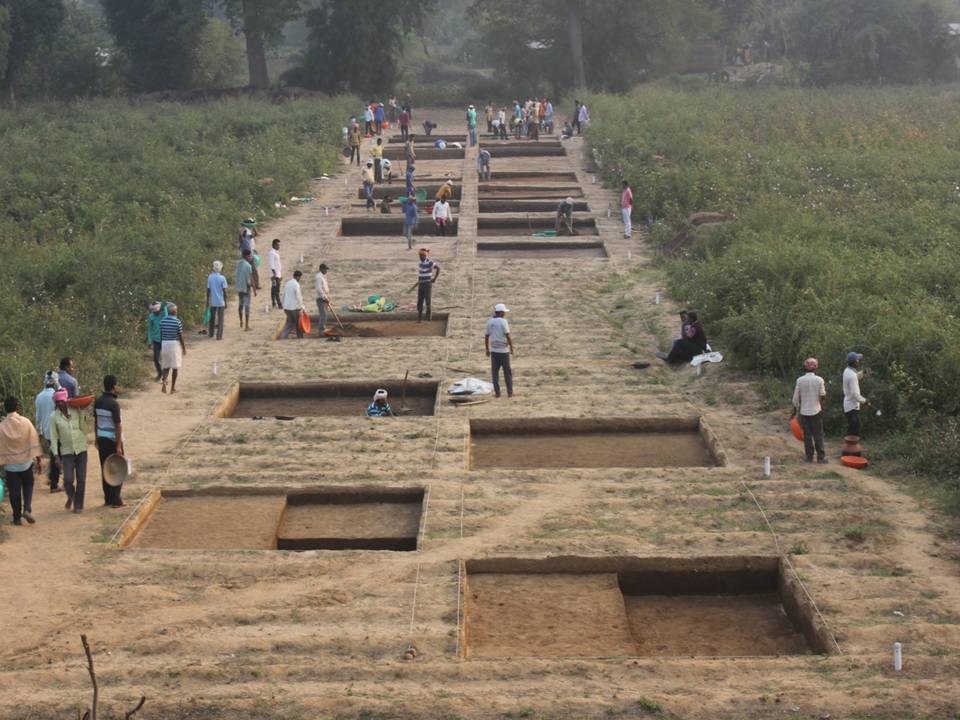Cultural Treasures Of The Past Unearthed At Kalahandi’s Asurgarh

Bhawanipatna: The ongoing excavation at Asurgarh Fort in Odisha’s Kalahandi has thrown up some interesting findings from Mauryan period to Kushan period.
“The excavation work began in November last year to discover more about the cultural significance and settlement pattern of the nearby areas,” said Superintending Archaeologist, Archaeological Survey of India (Excavation Branch-IV- Bhubaneswar), Dr Dibishada B Garnayak.

From the findings, it is being inferred that civilization in the area flourished between the 3rd and 4th century BC, during the same period as Sisupalgarh, he said, adding that there are plans to develop it into a tourist site.
The work will continue till April, he further said.
The Findings
The archaeological spade work revealed a number of brick structures. Among these, an Apsidal brick structure is praiseworthy. Wedge-shaped bricks were also noticed in the circular structures. Most of the structures are associated with terracotta tiles having grooves and holes for socketing.

Asurgarh people used stone rubble, brickbats and tile fragments for flooring the houses and streets.

Silver punch-marked coins, silver and copper toe rings and earrings, a large number of pottery hop scotches, beads of carnelian, jasper, beryl, garnet, agate and coral; glass bangle pieces of different designs and colours, sling balls, pestle, iron equipment like small wheel, ring, harpoon and arrow head were found during the excavation.
The material culture in the form beads and bangles in different shapes and colours shows the artistic talent of the natives of that time
The coral beads and imperial variety of silver punch-marked coins strongly indicate long-distance trade and association of hinterland people with sea-faring people.
The Structure
The remains of the ancient fort are rectangular and cover an extensive area. The extant ramparts are made of rubble and mud with brick-facing. The fort is surrounded by moat on its northern, eastern and southern sides. Close to the western rampart, the Sandul river flows to the north, thereby forming a natural moat on the western side of the fort. There is an extensive lake on the eastern side of the fort. The fort had four wide gates in four cardinal directions with one guardian deity installed at each gate. The guardian deities are, Ganga at the eastern gate, Kalapat at the western, Vaishnavi at the northern and Dokri at the southern gate.

“The excavation is going on in full swing and hopefully, more clear settlement patterns and important evidence regarding the historical importance of the site and its relation with other important centres of ancient India will emerge,” Garnayak said.

Comments are closed.